A federal judge on Monday declined to immediately block the Trump administration from deploying national guard troops to Chicago, Illinois, after the state became the latest to try to use the courts to stop Donald Trump from sending in the military.
The decision was the most recent turn in a three-day whirlwind of legal developments over Trump’s efforts to send federal troops to Democratic-led cities.
Here’s what to know about the fight over Trump’s deployment of the national guard.
The rulings
The first major ruling came on Saturday, when US district judge Karin Immergut, in a case brought by the state of Oregon, blocked the Trump administration from mobilizing 200 Oregon national guard troops to Portland, where protesters have gathered in the block surrounding a US Immigration and Customs Enforcement building (Ice) in recent weeks.
In a ruling on Sunday evening, Immergut also granted a temporary restraining order sought by California and Oregon, and banned the Trump administration from sending any national guard troops to Portland. .
The ruling came hours after Trump’s administration announced plans to send hundreds of national guard members from California and Texas to the state.
California’s governor, Gavin Newsom, described the ruling as an important win. “The rule of law has prevailed – and California’s national guard will soon be heading home,” Newsom said in a statement on Sunday. “This ruling is more than a legal victory, it’s a victory for American democracy itself. Donald Trump tried to turn our soldiers into instruments of his political will, and while our fight continues, tonight the rule of law said ‘hell no.’”
Immergut, who was appointed by Trump during his first term, seemed incredulous that the president moved to call in national guard troops to Oregon from California and Texas, just hours after she had ruled the first time.
“How could bringing in federalized national guard from California not be in direct contravention to the temporary restraining order I issued yesterday?” she questioned the federal government’s attorney, cutting him off.
“Aren’t defendants simply circumventing my order?” she said later. “Why is this appropriate?”
Illinois had followed California and Oregon on Monday in filing lawsuits to stop Trump from sending federal troops to its state. The judge in the case, April M Perry, said in an emergency court hearing later that day that she needed time to review the case before ruling on the state’s request for a restraining order.
The deployments
The Pentagon said on Sunday that 200 guard members were sent from California to Oregon.
Oregon’s governor, Tina Kotek, said 101 California national guard members had arrived in her state on Saturday night by plane and more were on the way. Kotek said there had been no formal communication with the federal government about the deployment, and that she could not verify the location of the guard members.
JB Pritzker had announced on Sunday that Trump had ordered 400 members of the Texas national guard to deploy to Illinois, Oregon and other states, without communicating with the Illinois governor. Greg Abbott, the Texas governor, said he “fully authorized” Trump to deploy up to 400 of his state’s national guard to “ensure safety for federal officials”.
As the president moves ahead with efforts to federalize the Illinois national guard, Chicago could see troops from Texas deployed on Tuesday or Wednesday.
The pushback
Small protests have been going on outside the Ice facility in Portland since Trump’s second term began in January. There have been occasional flare-ups but for weeks nightly demonstrations attracted only a few dozen people.
Far from being “under siege” by militants, there were at times fewer than 10 protesters on the sidewalk on an afternoon this week week. Portland police made three arrests on Thursday night after fistfights broke out between demonstrators and a pro-Trump influencer from Washington DC. On Saturday, about 400 people gathered outside the Ice facility before federal agents shot teargas canisters into the crowd.
Trump, however, has turned his attention to the city, calling Portland a “war-ravaged” city that is “burning down” and like “living in hell”.
Local officials have pointed out that the protest occupies one city block far from the downtown in a city that covers 145 sq miles (375 sq km). They also say many of his claims and social media posts appear to rely on images from 2020, when unrest that grew out of the Black Lives Matter protests roiled the city for several months. Trump sent federal law enforcement to the city then, as well.
Chicago, too, saw demonstrations over the weekend as residents pushed back against the president’s immigration crackdown with protests outside the Broadview immigration processing center. Officials report federal agents have acted violently toward protesters and the Broadview mayor has enacted a curfew limiting demonstrations outside the facility to certain hours.
Trump has characterized both Portland and Chicago as cities rife with crime and unrest, in addition to calling the former a “war zone” he has suggested apocalyptic force was needed to quell problems in the latter. Since the start of his second term, he has sent or talked about sending troops to 10 cities, including Baltimore, Maryland; Memphis, Tennessee; the District of Columbia; New Orleans, Louisiana; and the California cities of Oakland, San Francisco and Los Angeles.
But the governors of Illinois and Oregon see the deployments differently.
Pritzker on Sunday shot back at Kristi Noem, Trump’s homeland security secretary, who reiterated the “war zone” rhetoric. Appearing on CNN’s State of the Union with Jake Tapper, the Illinois governor, accused the administration of fueling the crisis rather than resolving it. “They are the ones who are making it a war zone,” he said.
“They need to get out of Chicago. If they’re not going to focus on the worst of the worst, which is what the president said they are going to do, they need to get the heck out.”

 German (DE)
German (DE)  English (US)
English (US)  Spanish (ES)
Spanish (ES)  French (FR)
French (FR)  Hindi (IN)
Hindi (IN)  Italian (IT)
Italian (IT)  Russian (RU)
Russian (RU)  3 weeks ago
3 weeks ago







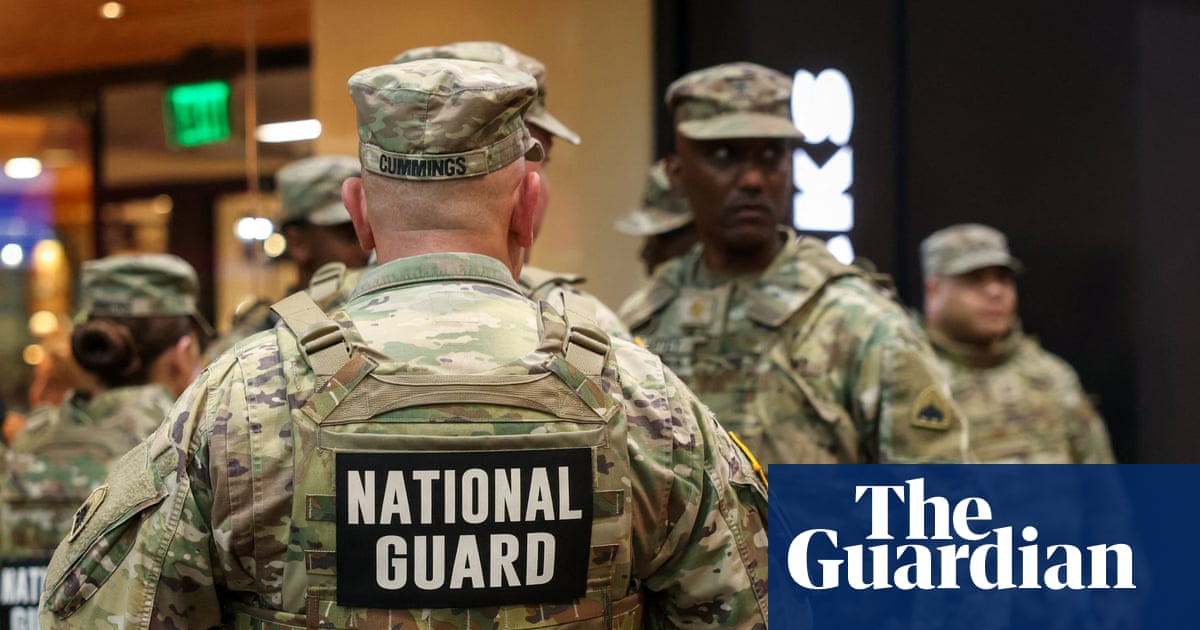

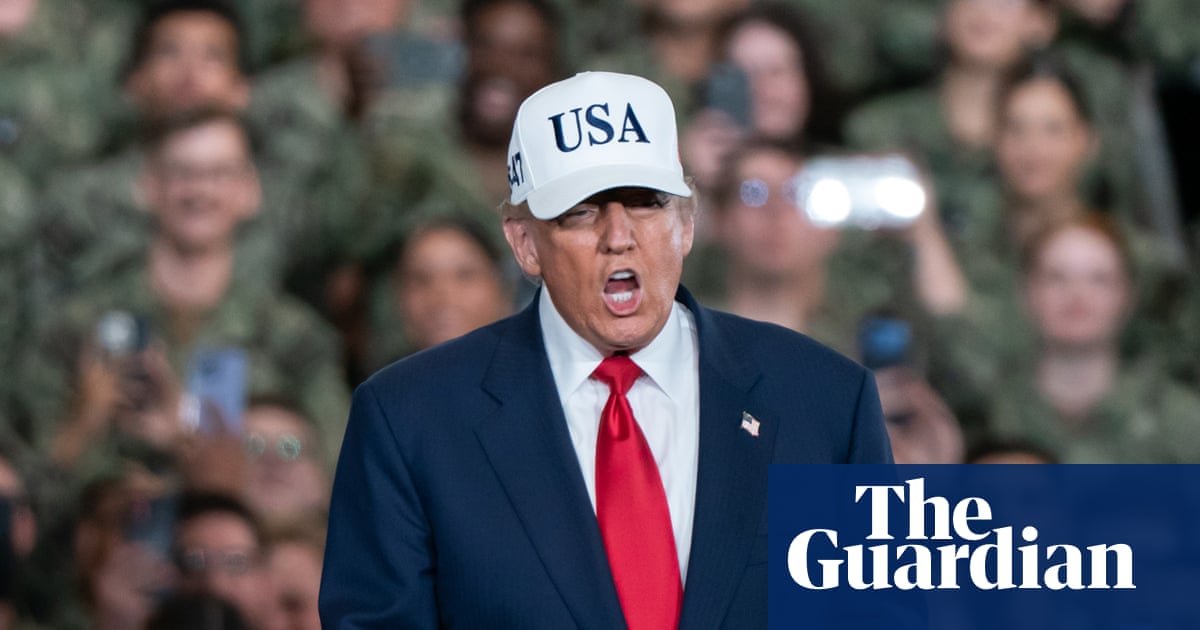

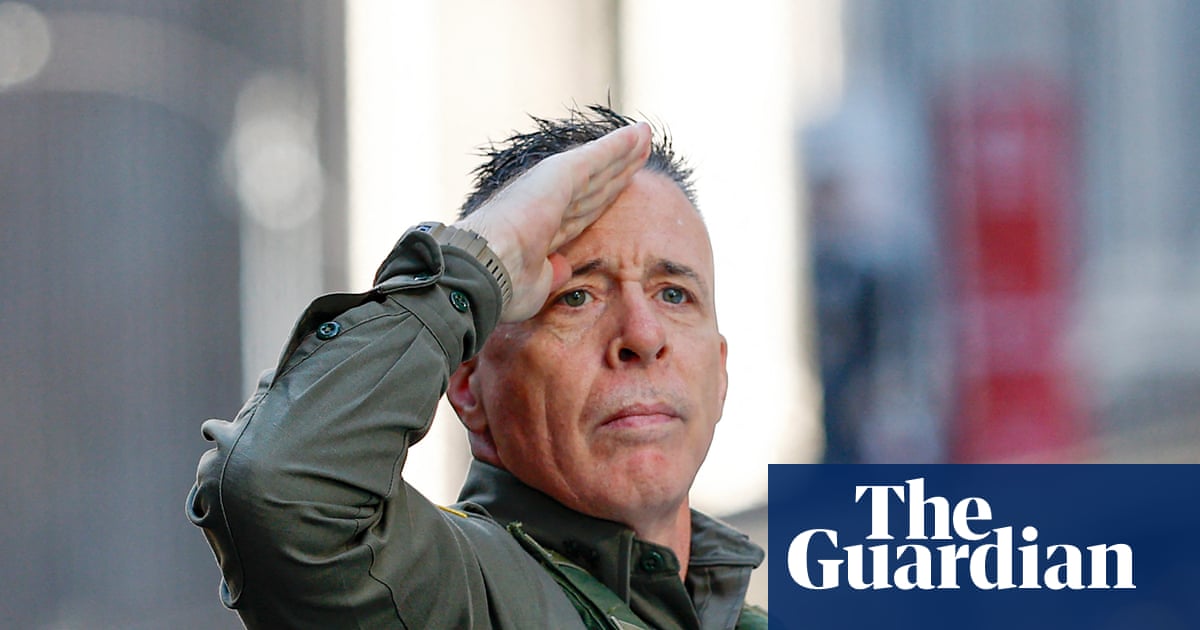



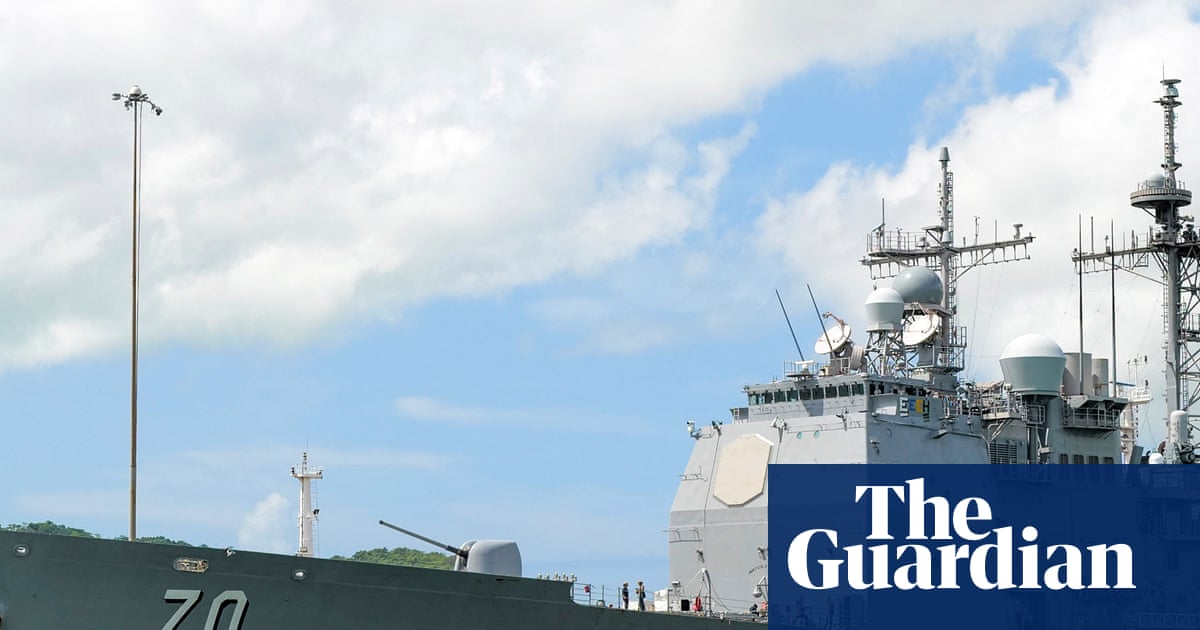


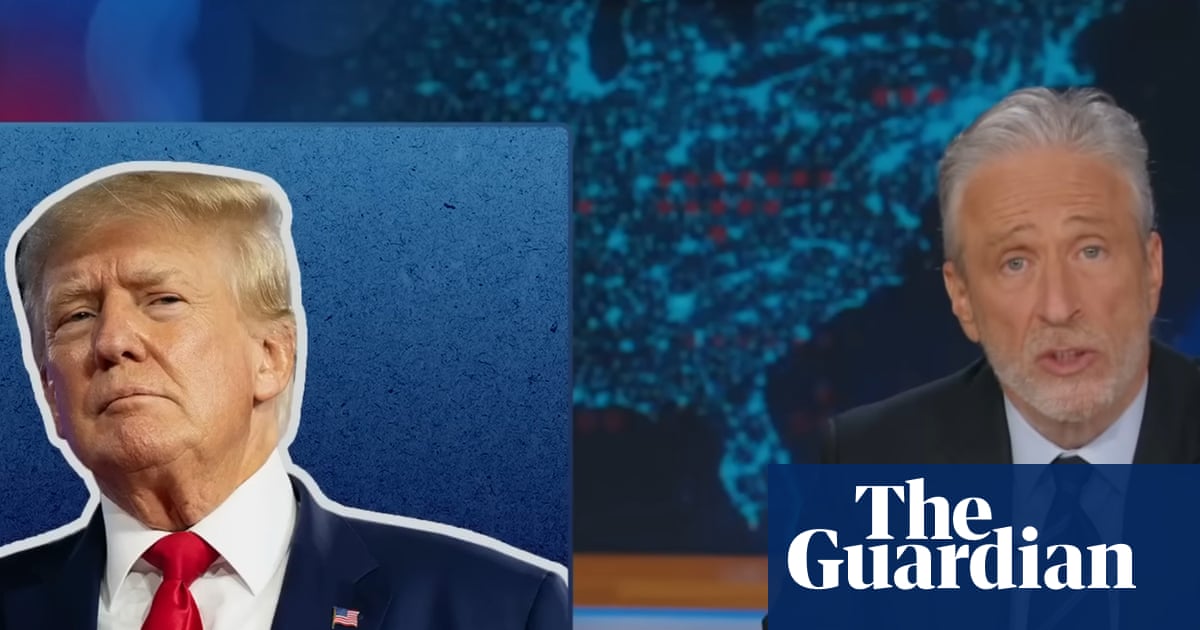


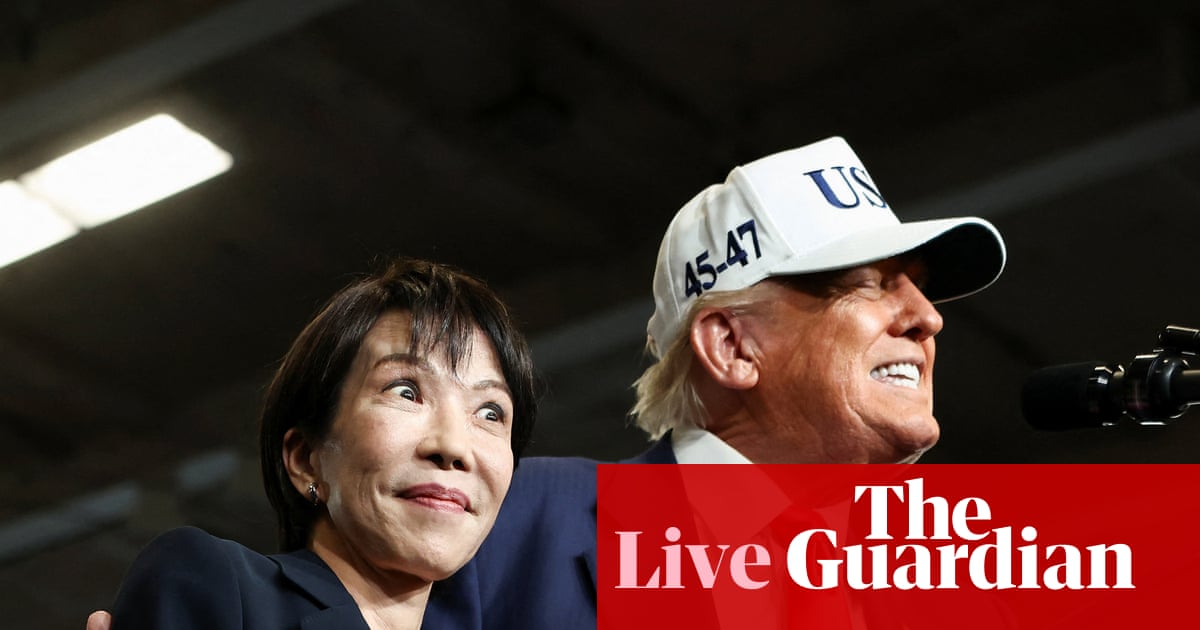


Comments